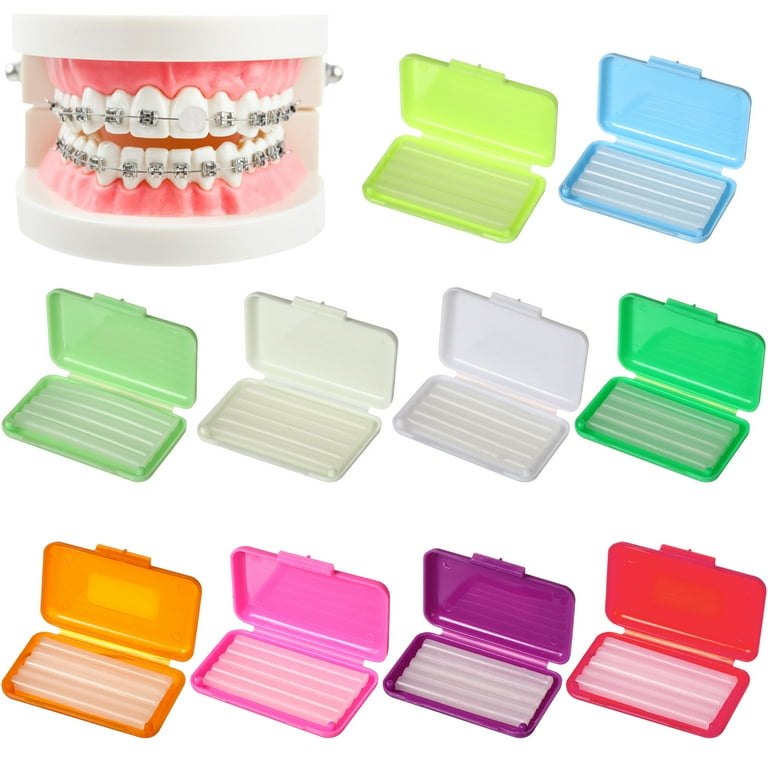Your Overview to Cumming Invisalign: Straightening Teeth with Style and Convenience
Your Overview to Cumming Invisalign: Straightening Teeth with Style and Convenience
Blog Article
Comprehensive Guide to Orthodontics Treatments for Dealing With Dental Misalignments
In the world of orthodontics, the trip to achieving a completely straightened smile entails a myriad of procedures tailored to remedy oral misalignments. From standard dental braces to invisible aligners and even medical alternatives, the field of orthodontics provides a variety of solutions to resolve varying degrees of dental irregularities. Understanding the complexities of each procedure, including their devices, advantages, and prospective drawbacks, is essential in making notified decisions concerning one's orthodontic therapy. As we browse via the extensive guide to orthodontic procedures for remedying dental imbalances, the complex information of each method will certainly unfold, clarifying the course toward a unified and practical dental positioning.
Orthodontic Procedures Review

Normal changes and surveillance are important parts of orthodontic therapy to make sure progression is on track and to make any kind of needed modifications along the way. By undergoing orthodontic procedures, clients can not only accomplish a straighter smile but likewise enhance their general dental health and wellness and function.
Standard Dental Braces: How They Work
When taking into consideration orthodontic treatments for oral misalignments, conventional dental braces stand out as a time-tested technique for dealing with teeth positioning. Conventional dental braces consist of brackets, cables, and bands that function together to apply constant pressure on the teeth, progressively moving them into the preferred placement.
As pressure is applied to the teeth through the braces, the bone surrounding the teeth is improved to sustain the brand-new tooth settings. People will certainly require routine modifications at the orthodontist's workplace to make sure the braces continue to apply the correct pressure for reliable teeth activity.
Unseen Aligners: Advantages And Disadvantages
These clear, tailor-made trays are practically unseen when put on, making them an attractive option for people seeking a much more aesthetically pleasing orthodontic therapy. People can eliminate the aligners before consuming or brushing their teeth, minimizing the risk of food obtaining stuck in the device and simplifying the cleansing process.

Surgical Orthodontic Options
Surgical treatments in orthodontics existing feasible choices for resolving complex dental imbalances that might not be properly settled via standard orthodontic therapies. While traditional braces and invisible aligners can deal with lots of orthodontic problems, particular cases require medical treatment to accomplish optimal results. Surgical orthodontic alternatives are commonly suggested for serious malocclusions, significant jaw disparities, and instances where the underlying bone structure needs alteration to accomplish proper positioning.
One typical medical orthodontic treatment is orthognathic surgery, which entails rearranging the jaws to fix useful problems such as trouble chewing or talking. This surgical treatment is typically performed in cooperation with an orthodontist who helps align the teeth before and after the procedure. Surgical orthodontics might additionally include procedures to subject influenced teeth, eliminate excess periodontal tissue, or improve the jawbone to create an extra harmonious facial profile.
Before considering medical orthodontic options, clients go through a thorough assessment to establish the necessity and possible benefits of such treatments. cumming orthodontist. While surgery may appear difficult, it can significantly enhance both the feature and aesthetic appeals of the smile in instances where conventional orthodontic treatments drop short
Retainers and Post-Treatment Treatment

Failing to abide with post-treatment care directions can result in relapse, where the teeth slowly relocate back towards their original settings. Consistent retainer wear, great dental hygiene, and routine dental examinations are vital for maintaining the outcomes accomplished with orthodontic surgical procedure and guaranteeing the lasting stability of the remedied dental positioning.
Conclusion
In final thought, orthodontic treatments use numerous choices for correcting dental imbalances. Surgical orthodontic choices are readily available for more serious misalignments. Generally, orthodontic treatments can efficiently boost dental health and wellness and visual appearance.
As we browse through the thorough guide to orthodontic procedures for dealing with dental imbalances, the detailed details of each technique will certainly unravel, dropping light on the path toward a unified and functional oral placement. - orthodontist
One of the his response most typical orthodontic treatments is the use of braces, which are composed of that site steel braces and wires that apply gentle pressure to progressively change teeth into the preferred setting.When taking into consideration orthodontic therapies for oral misalignments, typical braces stand out as a tried and true technique for dealing with teeth placing. Additionally, unnoticeable aligners may not be appropriate for complicated orthodontic issues that need more considerable teeth motion, as they are commonly advised for mild to modest instances. Retainers are custom-made orthodontic tools made to hold teeth in their dealt with placements after the conclusion of orthodontic therapy.
Report this page